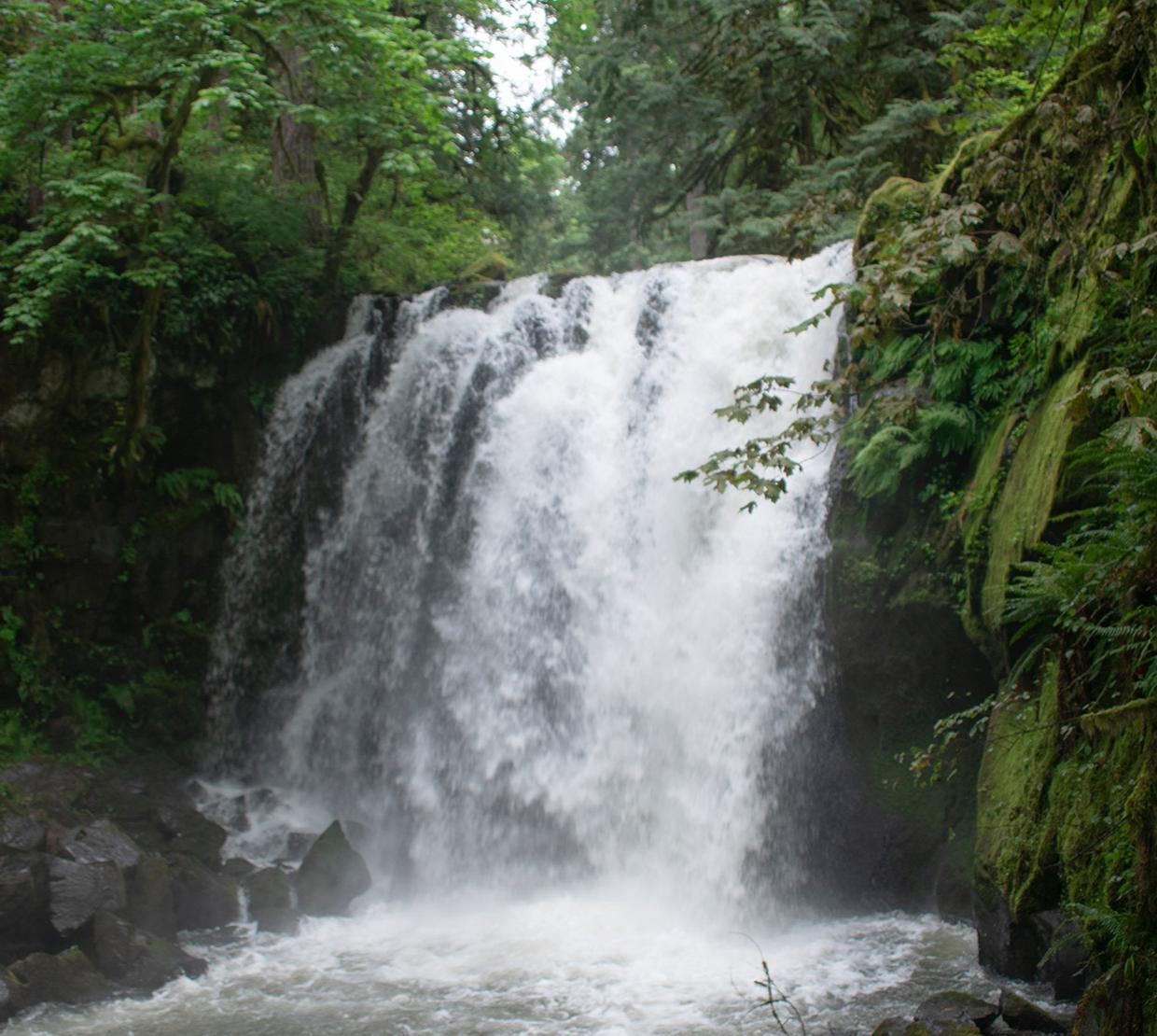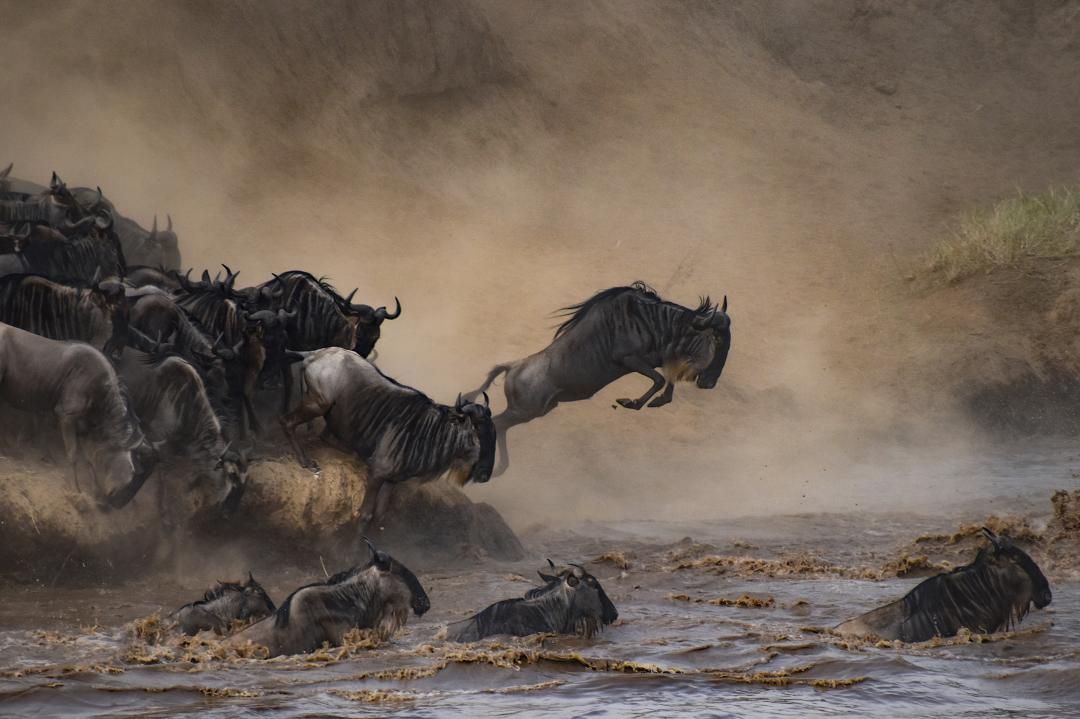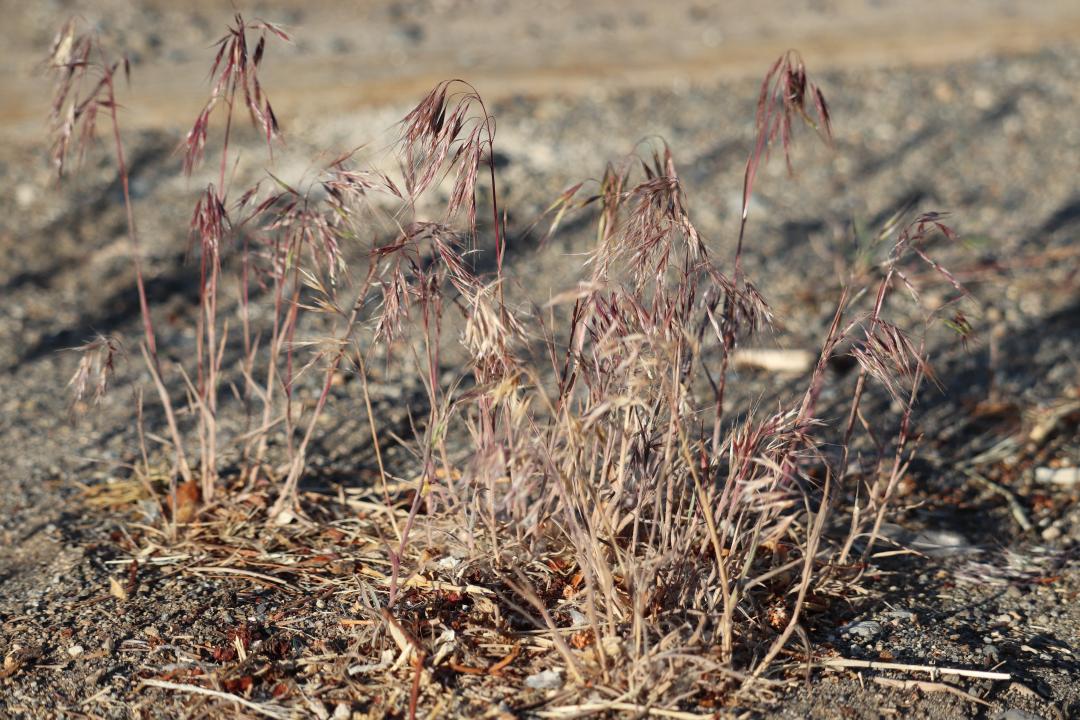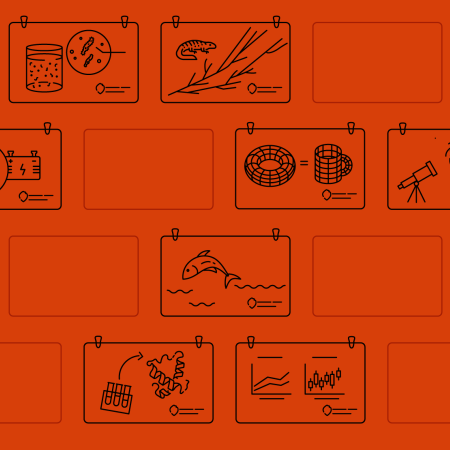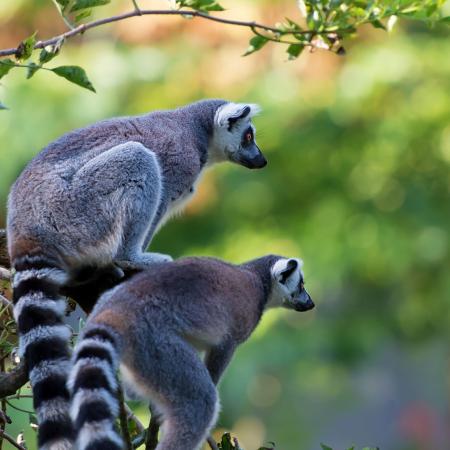With areas of distinction in marine science, materials science, data science, biomedical science – and other research areas, OSU faculty and students are fighting climate change and moving the world forward to a greener future – whether that is through harnessing new materials, interpreting complex data or reimagining how organisms can adapt to changes. We share just a few examples in this three-part series.
Oregon State University scientists are rapidly rising to the challenge of our changing climate, supported by hundreds of graduate and undergraduate researchers who are committed to leaving a better world than the one they inherited. In part three of this series, we examine some of the data-driven research that is helping usher in a new era of climate policy and action.
Mathematics and statistics are two of the quickest-growing fields in the country, and it's not hard to guess why. As technology advances, mathematical modeling or statistical analysis can provide a faster, more reliable way to examine lots of data. In practice, these skills can provide critical insight to collaborative projects or inform policymakers on the most environmentally sound decisions.
Wildlife behavior
Making green energy safer for wildlife
Professor of statistics Lisa Madsen and statisticians from the United States Geological Survey (USGS) have come together to develop methodology to estimate the total mortality of bats, birds and other small creatures on wind farms and solar facilities. The Endangered Species Act requires that wind farms pay particular attention to endangered or threatened species such as golden eagles, brown pelicans, whooping cranes, condors and Indiana bats, which are killed when they accidentally collide with turbine blades.
Madsen and her colleagues have developed complex statistical tools that estimate the actual number of carcasses when they are undetectable for any reason by taking into account a host of predictor variables such as searcher efficiency, variations in plot sizes and location of inaccessible areas.
The software package, created by the team, will be utilized by government agencies as well as Western EcoSystems Technology, Inc., which has already begun to implement the software to assist their clients. The project has also attracted attention from environmental and government agencies in Canada, South Africa, Portugal and Scotland among others. In addition, the USGS statisticians have conducted workshops demonstrating how to use the software to estimate animal mortality at wind and solar energy facilities.
